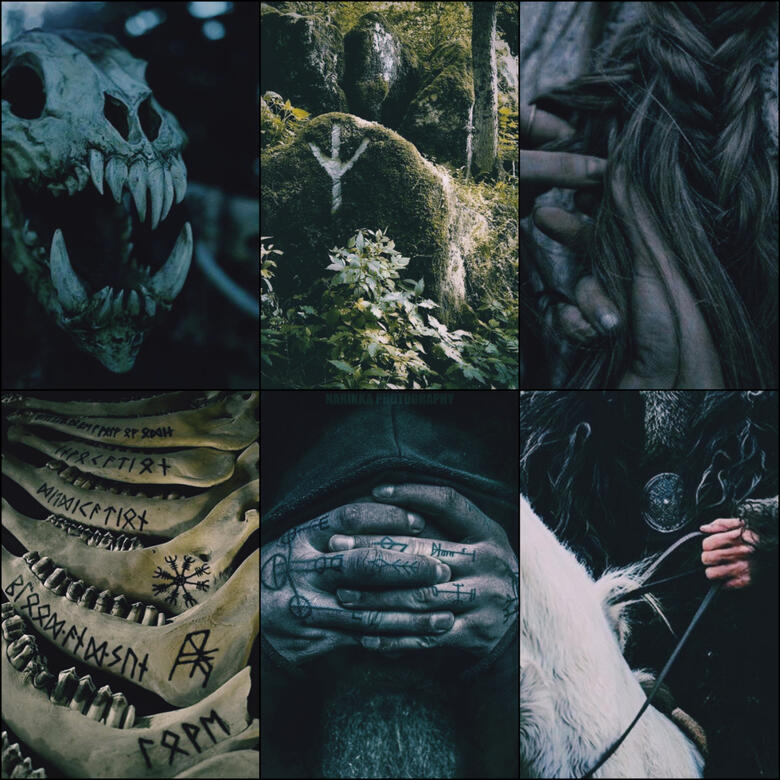
THYRA
RAVA OF THE FRINGE
• Disclaimer •This page contains information on a fictional culture created for fun within the roleplay community of ffxiv, and it contains some aspects of real life equivalents of norse paganism & norse mythology.It does not, in any way shape or form, genuinely reflect any true form of norse paganism and the broad witness of the religion, and it is not intended to insult those who practice any understandings or beliefs that are under the umbrella of the old norse religion/mythology, it is simply a fantastical twist on the matter.If you're interested in real life norse paganism, please do not use this as an authentic guide (please don't lmao), and instead use genuine and credible sources when researching.Thank you!
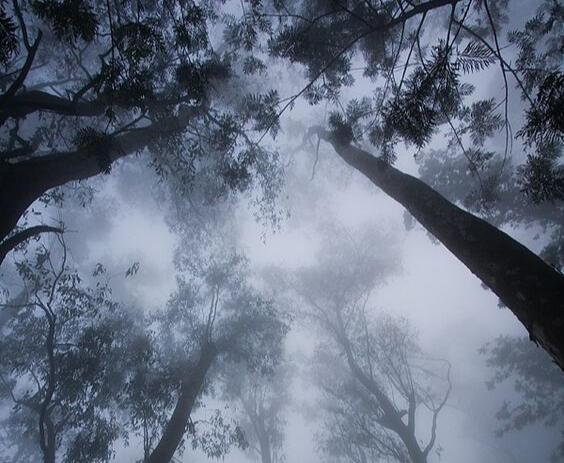
❧ L O C A T I O N ❧The clan of Thyra (tea-rah) is rather large in comparison to many other viera tribes. Its territory is vast; stretching from the north-eastern shores of Golmore and far to the west where the Skatay Range kisses the Jungle itself. Small and sparse clusters of communities pepper the dense forestry. Most of said communities hold ground in the north-western fringe of the Rava territories where the weather tends to be damp and cold with a chill that freezes the bones of many, and where snow and freezing rain may not be as uncommon as one would think.Below is a rough estimate of the lands the Thyra inhabit, roam and protect (marked in red).
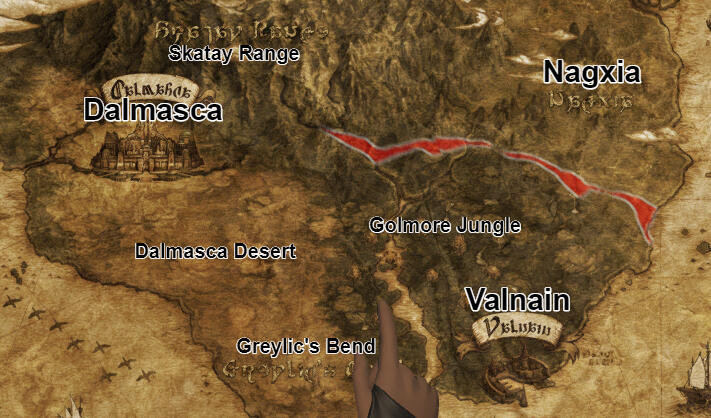
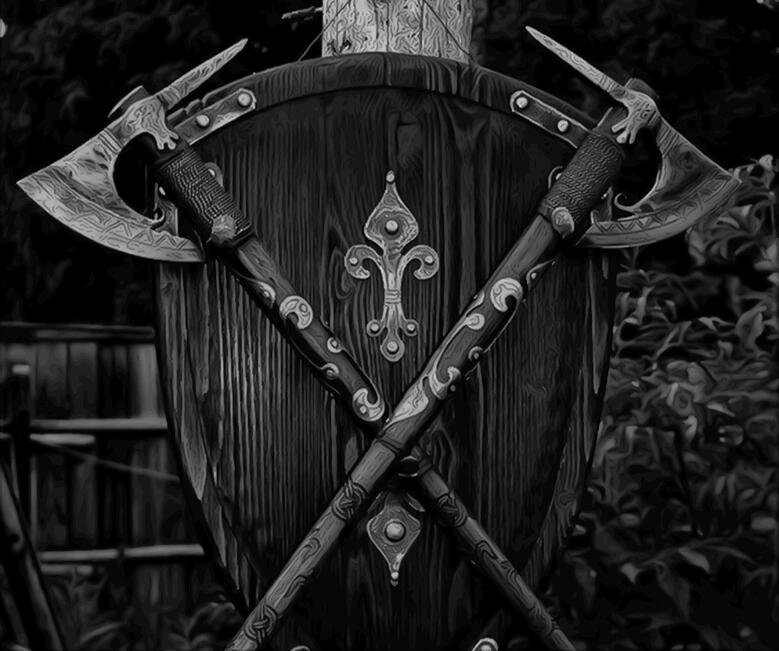
❧ C U L T U R E ❧The Thyra are a resilient, strong and tight-knit community of Rava viera. With an intense sense of connection with kith and kin and a fearlessness of death, it's hardly a wonder why this extensive group of warriors and foragers have never perished in whole through not only the Garlean invasion, but through Calamities as well. For good reason, neighboring clans are avoidant of the territory dominated by them, and are sometimes even feared by their outwardly brutal and jarringly unusual ways.Despite keeping a strict set of laws within their own kind, Thyrans have been known, if only rarely, to raid and overtake any neighboring villages (both Rava and Veena) left unawares, or ones that are deemed 'weak' to them. This is done in order to have the potential of securing and assimilating more viera into their overall numbers, as well as having new land to farm. They will always allow those who don't wish to stay the ability to leave.The common tongue among the people is simply called Thyran, and is a fantastical equivalent of Norwegian and Old Norse dialect._• Social structure •
• Like most Rava clans, women are the ones who rule the roost. They are simultaneously hunters, fishers and gatherers for the village as a whole, and it is them who raise and educate their kits.• One particular woman called the "Jarl", who tends to be rather mature in age, acts as chieftain in one of the few villages at any given time, and it is her who dictates the on goings of her community. If she fails to perform adequately, she can be overthrown by majority vote. It's traditionally forbidden for a man to be Jarl.• Ward men - or beskytter - are heavily trained combative individuals. They're charged with guarding, protecting and supplying their village with new young. It's a common sight to see men both young and old delivering sizable hunted offerings to their women in order to make sure they are healthy and taken care of, especially so in the colder months. Compared to other Rava cultures, men are rarely, but more often welcomed back into the village, especially so when there's a gathering, celebration or ritual to be had.• As soon as a kit is able to function individually, they're quick to begin training to be ardent defenders of their community, no matter the gender.-• Traditional Aspects •
• Cuisine consists of dairy products (cheese, goat milk, whey, etc), grains, fruits, nuts, vegetables and meat. Fermented and preserved foods are very common.• Armor/clothes tend to be hand-made woven fabrics (dyed and undyed), leathers and thick furs to contain body heat. Their armor is made of steel, fortified bog iron and sometimes silver.• Weapons are spears, bows, axes/hatchets, shields and even maces, all which are made of the same metals their armor is. Bone is a common material as well.• Traditional markings are runic symbols and Thyran texts that both men and women often choose to bear. They're intended to not only tell the story of their own lives, but those of their gods as well. They can range from temporary paintings to full ink tattoos.• Names are not believed to be chosen by a kit's mother, and rather are chosen by the gods vicariously through them. Their surnames are earned, rather than given. In reflection to the majority of Rava culture, their surname prefix either means worldly or heavenly, but all surnames will contain "Thyra" thereafter (ex. Djt-Thyra). Thyrans will obtain their surname depending on how one's earned their right of one. All are seen as great honors.
- Djt (heavenly) - has pleased the gods, or has committed a great act in honor of the gods.
- Rehw (worldly) - has done right by their people, or has effectively protected/defended their territory and/or the Golmore Jungle.
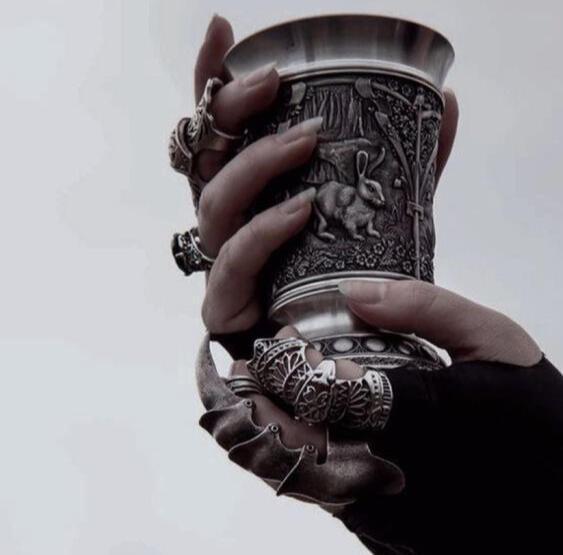
❧ R E L I G I O N & B E L I E F S ❧Although each cluster of a village may have slight differentiating beliefs and practices, there are aspects that remain true throughout them all._• Tåkestrøm, the Guddommer & the Word •
• The Tåkestrøm (or 'mist stream') is, in essence, the equivalent of the afterlife/aetherstream for all of Thyra. A woman's soul may achieve deliverance there if she has favored the Guddommer (the Gods) during her life, while men must earn an honorable death by either dying in battle, or by protecting his village as a whole. If neither are achieved, one's soul will be lost to roam within the evig død (the 'eternal death') forever. However, these aspects of life and death can be interchanged between any gender depending on the circumstance.• 11 deities exist within the Thyran belief, and each deity reigns over a differing variable and aspect of life. War, love, weather, fertility, luck, etc. It's believed that Thyrans can be individually blessed by the Guddommer, but the most notable god of them all is the Allfather, or the Deliverer, who is the ruler of every other existing god. The Allfather is the most revered, and is more often the one sacrifices and rituals are offered to, and is the only god that can guide one to the Tåkestrøm. Pain and suffering are expected in life, but when hard times fall upon a Thyran or they are lost for direction, they seek out the Allfather.Some claim they can commune with the Guddommer. These individuals also tend to have unique abilities, which unbeknownst to them, is the echo. These people are aptly named and identified as "Seers".• There is no line between good and evil. Neutrality is what's favored. The only true aspect that is valued is the ability to protect kith and kin, to do right by the Guddommer, and to never abandon either of them.
-
• The Green Word •
Alongside their own beliefs, Thyrans abide by the Green Word of the Wood, and are quite strict in doing so, as they are people who are incredibly connected to their land. If one leaves the Jungle as a whole and abandons their ways, they are seen as abandoning their sacred home, their people and their gods, and therefore are forbidden to return under most, if not all circumstances, and risk being mauled, sacrificed or made a gruesome public display by their own people if they try.Only one particular exception can be made in order to leave Thyra without repercussion, and that is the claim of the gods guiding an individual outside the realm of Golmore.❧ R I T U A L S ❧• Blood & the Essence •
Blood is a very foundational aspect in most, if not all ceremonies and rituals practiced by the Thyra, which are a common sight when requesting the gods to bear them good tidings or when asking for forgiveness. If it isn't their own blood, it's an animal's, a slain enemy's, or that of their bonded partner. This is because they believe their essence (blood) is what binds them to not only the living, but to the gods themselves. Displaying crimson on their bodies is an act of celebration, bonding, and a show of power and strength.
-
• Blót (Gathering of Sacrifice) •
Every 9 years, Thyrans both male and female gather en masse to the westernmost reaches of Thyran territory, right upon the fringe of the Skatay/Golmore border, where a great hall is perched upon a shrouded mountainside. Here, they sacrifice nine animals and nine of their own willing people. This is in order to collect their blood, paint their bodies with it, and celebrate by eating, drinking, dancing, consorting and laying with each other in order to stay in good favor of the Guddommer.
-
• Death Rites •
Depending on how a Thyran dies will dictate how they're buried, and where.• If they die honorably, they're typically set ablaze upon a pyre (on land or set out at sea) with their most treasured belongings in life at a corpse's side. A ritual of celebration is had to remember and honor them before their passing.• If they die dishonorably, not only are they verbally condemned to never enter the Tåkestrøm, but they're also buried deep in the wilderness two-feet deep in order for wildlife to consume their bodies. No celebration is had.
-
• Bonding Ceremonies •
Albeit very rare, two viera may become bonded in marriage, which is recognized by all.
Before the ceremony itself, an animal sacrifice must be made from each of them in order for the Guddommer to bless their coupling. After such is complete, they may request the Jarl to lead the ceremony, which is displayed in front of the entire village. Men are dressed in furs, while women are dressed in cloth and silver/gold jewelry with wildflowers tucked in their hair. They use a blade to cut their fingertips and paint their partner's face and chest with their blood.After they're declared official, a celebration with food/drink/music/dancing ensues, and the couple may choose to solidify their bond before the village (and inevitably the gods) by mating before their congregation, or may choose to do so in private.
Thyra doesn't recognize prejudice within its community. Same sex coupling is not uncommon.Both men and women are expected to continue their charged duties regardless of their bonding.
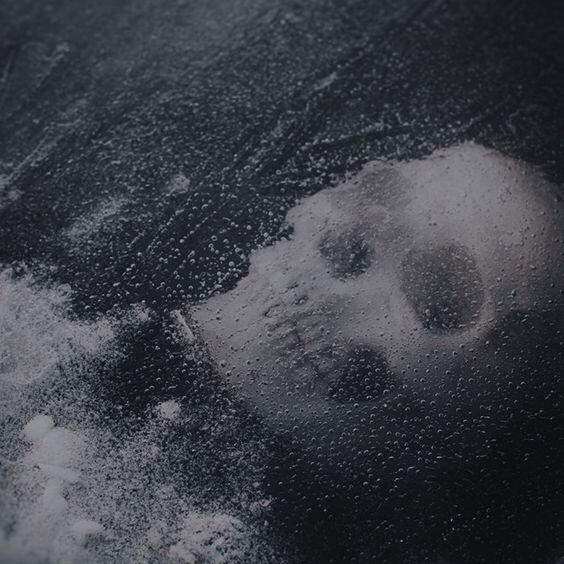
❧ O T H E R - I N F O ❧• The Frenzy is not only permitted, but encouraged by the Thyrans. Being overloaded with Mist makes one incredibly strong, and they have no issue taking advantage of such strength to easily fell their opponents.• Taking and assimilating other Rava (and even Veena) is not an uncommon practice. Not only does this keep the gene pool diverse, but it also expands their numbers in order to keep their dominance of some areas in the north as protectors of the Jungle.• Horse mounts are the most traditionally ridden animals, and it's a very common sight to have all ages learn to ride them. They're both used to travel and for battle, and when in battle, they're donned with armor like their riders are.• Instruments and singing were, and are a common sight and sound within Thyran villages. Horns, flutes, panpipes, flutes, jaw harps, lurs, lyres and drums are their traditional instruments of choice.• Important symbolism for Thyrans are ravens/crows, hawks, wolves, bears, stags, hatchets, shields, lances, skulls, and parallel femur bones. Often times these symbols are incorporated into tattoos/markings.• Physical affection is not only normal, but it was welcomed. Sexual acts are seen as natural and no need for restraint. Reasonably, it is for mature Viera and though mating is hardly something to bat an eye at, it is usually kept between exclusive individuals unless performing a ritual/participating with more than one Thyran.• Gender and sexual diversity is somewhat common and welcomed, and attraction is seen as a linear aspect of life. The Thyra don't bat an eye at diversity in any regard.